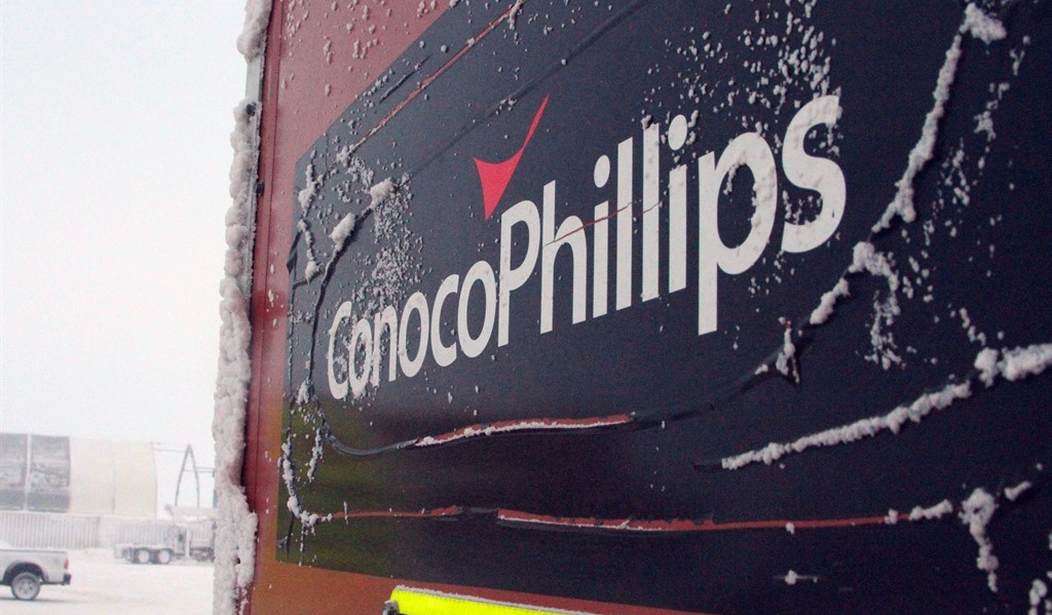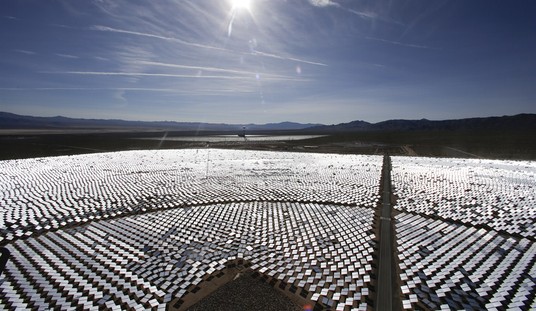The Biden Interior Department is considering approval of a large oil drilling project along the North Slope in Alaska. The project would be run by Conoco Phillips but has long been opposed by environmentalists. The first step will happen this week when the Bureau of Land Management in Alaska issues an environmental assessment which effectively serves as a recommendation for how to proceed.
The project, led by ConocoPhillips, has the potential to eventually unlock 600 million barrels of crude oil. Opponents say the decision undermines the Biden administration’s promises to cut fossil-fuel use in order to limit the damage from climate change.
The Bureau of Land Management in Alaska is preparing to say that it has selected a “preferred alternative” for development on the National Petroleum Reserve in Alaska that calls for curtailing the project from five drill sites to three, according to one person who viewed the draft report in recent days, and a second who was independently briefed on the report’s contents. Both requested anonymity to discuss the details of the plan.
The BLM’s action, which is expected in the coming days, is an environmental analysis that includes options that range from permitting five drill sites (the outcome sought by ConocoPhillips) to not allowing drilling at all. It does not represent a final decision by the government, but it would effectively be a recommendation to proceed with a scaled-back drilling operation.
Once the BLM step is out of the way, the rest comes down to politics. Secretary of the Interior Deb Haaland is a former opponent of this project and still has a lot of control over what happens next. In fact, as the Washington Post points out, just delaying the decision to the end of February (Interior has 30 days from the release of the BLM report) could be enough to hold up the project for months.
Interior Secretary Deb Haaland, who once fought the project as a member of Congress, now has the final decision on whether to approve it. Top White House climate officials are likely to be involved and potentially seek feedback from President Biden. Haaland has wide discretion, including the right to choose from other options or to mix and match options from the assessment. Those possibilities also include blocking one pad and deferring decisions on up to three more.
The administration has previously promised Alaskan leaders that it would make a final decision by the end of February. ConocoPhillips needs approval to start the project within weeks, while Arctic weather is still cold enough for the company to make the ice roads and ice platforms it builds on to drill through tundra. Missing that window would put drilling off until the deep freeze returns next winter, opening the chance for court fights or other delays that may block Willow entirely.
Company leaders have also threatened to abandon the project if Haaland’s choice is too restrictive. A green light for any less than three pads would prevent Willow from being profitable enough to justify the company’s investment, given the high costs of such a remote project, they have said.
All that to say, Deb Haaland has several ways to kill this project without actually rejecting it. And standing behind her is President Biden whose opinion on the matter will likely be a factor in the outcome. He could quietly say he’s against it and Haaland could drag out the final decision to give the lawyers another shot at killing the project.
But there are a couple reasons to think that might not be how this happens. First, Alaska Public Media notes that opposition to this project hasn’t garnered the strong public support that opposition to some other drilling projects has in recent years. Why? Probably because the land in question is not part of the Arctic National Wildlife Refuge:
…a recent anti-Willow protest at the White House wasn’t large enough to dominate the adjacent Lafayette Square.
“Let me just get out a few signs really quick, so folks know we’re here,” said Monica Scherer of the Alaska Wilderness League, as the protest began to coalesce. “Hi, everyone. Thank you. Thank you for coming …We’re so happy you’re here to help stop the Willow project. “
When the fight was over drilling in the Arctic National Wildlife Refuge or in Arctic waters, demonstrations at the Capitol and the White House were often huge, with at least one person dressed in a polar bear suit.
Willow has not risen to ANWR-level controversy, though it would be the largest North Slope drilling project since the 1990s…
One problem for those trying to stop it is the land designation: Willow isn’t in ANWR. The land it would sit on is called the National Petroleum Reserve.
The other reason to think the Biden administration isn’t looking to quietly kill this project is that they’ve already stepped in to save it once before in 2021. At the time, that was a reversal of course on the project:
The Biden administration filed a brief Wednesday to the U.S. District Court of Alaska in support of ConocoPhillips’ defense in a case that is challenging its potential drilling access in the state’s National Petroleum Reserve…
The U.S. Department of Justice’s 70-page document argues that the agencies that helped the Trump administration approve the Willow Master Development Plan Project in October 2020 followed environmental and endangered species laws…
The Biden administration initially called for reviews of the agencies’ work to potentially halt ConocoPhillips’ drilling capabilities in the petroleum reserve. The department’s recent brief suggests a change of opinion on the Trump administration’s decision.
Groups like the Alaska Wilderness League have negatively called out the Biden administration on that point.
Ultimately, a judge sided with the environmentalist who brought the lawsuit to kill the project, but the point is the Biden administration did try to keep the project alive. So unless they’ve had another change of heart, they’re probably not looking to kill it now. At least we can hope that’s the case. Given that the entire western world is trying to wean itself off Russian oil and gas, now seems like a good time to expand the US supply.







Join the conversation as a VIP Member